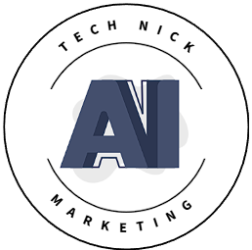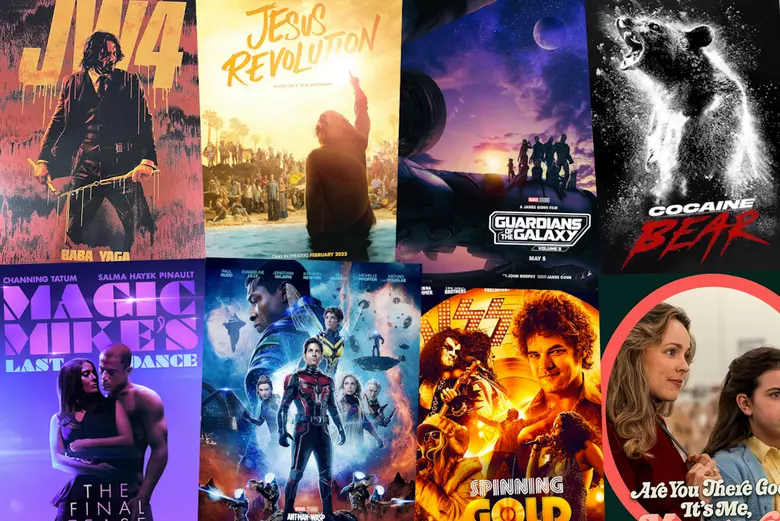Have you ever walked out of the theater humming a tune from a trailer or found yourself replaying a teaser on YouTube long after the credits rolled? You’re not alone. Even in the age of endless streaming and social-media scrolls, a great trailer still wields serious marketing magic. In fact, sisters Monica and Evelyn Brady co-founders of the Golden Trailer Awards have spent the last 25 years celebrating the craft behind those two-minute mini-movies that convince us to open our wallets (or at least hit “Add to Watchlist”).
After interviewing the Bradys, veteran trailer editor Benedict Coulter, and digging into industry trends, I’ve distilled the key ingredients that turn a simple preview into an unskippable cinematic appetizer. Whether you’re a filmmaker, marketer, or just a die-hard movie buff, here’s what you need to know.
1. Keep It Tight, But Make It Count
Sweet spot: roughly 90 seconds to 2 minutes.
Today’s audiences have razor-short attention spans, so any teaser that creeps past the two-minute mark risks feeling long in the tooth. Compare that with the sprawling, voice-of-God promos of the 1970s (some ran six or seven minutes!), and it’s clear the pacing game has changed.
“If you go back and watch those ’70s trailers, you’re crawling out of your skin,” Monica Brady jokes.
Digital platforms do allow for extended cuts or “special looks,” but the first bite has to be snack-sized just enough to spark curiosity without giving the plot away.
2. Hook the Heart Before the Head
Think of a trailer as a first date: you’re not rattling off your life story, you’re creating intrigue. The Bradys swear by an emotional anchor one unforgettable image, line of dialogue, or needle-drop that makes viewers feel something immediately. That feeling sticks far longer than a bullet-point list of plot exposition.
For action flicks: A pulse-pounding stunt or perfectly timed beat drop.
For intimate indies: A lingering close-up, a whispered confession, a single relatable moment.
For horror: A slow visual reveal that leaves the real scare off-screen (our imaginations fill in the blanks).
3. Let the Music Do the Heavy Lifting
If trailers were cocktails, music would be the secret bitters that tie the whole flavor profile together. Evelyn Brady calls the auditory recall of a great track “marketing gold.” The first three notes of the right song can raise goosebumps faster than any explosion. Veteran producer Jerry Bruckheimer built entire campaigns around that principle just think of the Top Gun anthem and how it primes you for speed and sky-high adrenaline before Tom Cruise even removes his helmet.
Insider tip: Modern editors often experiment with slowed-down pop hits or moody orchestral covers. Familiar songs in unfamiliar arrangements create instant recognition plus fresh intrigue.
4. Upend Expectations (Just Enough)
Studios still rely on tried-and-true trailer “formulas” because news flash they work. But the trailers people gush about? Those often zig when everyone else zags.
“If seven trailers follow the same blueprint and one breaks the rules, guess which one you’ll remember?” Coulter says.
Maybe it’s a fake-out jump scare, an unexpected tonal shift, or a mid-teaser mic drop that reveals the real genre twist. The key is balancing risk with clarity; surprise us, but don’t confuse us.
5. Respect the Audience—Don’t Spoil the Payoff
Nothing torpedoes excitement faster than a preview that spills the movie’s third-act twist. While marketing departments sometimes demand “more plot, more plot,” top editors push back, arguing the movie’s best moments belong on the big screen, not in your feed.
Evelyn’s rule of thumb: If the entire story fits in two and a half minutes, maybe the feature itself needs another revision pass.
Why It Matters (Far Beyond the Box Office)
Trailers aren’t just ads they’re cultural touchpoints. An unforgettable teaser can:
Catapult a micro-budget indie into mainstream conversation (think Whiplash or Everything Everywhere All at Once).
Define a franchise’s identity before the opening weekend (Deadpool’s sardonic red-band trailers basically wrote the character’s cinematic rulebook).
Spark viral fandomb: hello, social-media reaction videos, mash-ups, and Easter-egg breakdowns.
And on a human level? A great trailer gives us something intangible: anticipation. That giddy, seat-shuffling feeling that reminds us why we fell in love with movies in the first place.
Takeaways for Creators and Marketers
Lead with emotion. Hook the viewer’s gut before their brain.
Trim the fat. Respect modern attention spans (aim for two minutes or less).
Choose music with purpose. The first few notes should set an unmistakable mood.
Dare to deviate. A dash of novelty makes your teaser pop in a sea of sameness.
Leave them wanting more. If you spoil the finale, you squander the ticket sale.
Whether you’re cutting your first indie trailer in a cramped editing suite or green-lighting a mega-budget marketing push, remember: trailers are tiny works of art. When designed with care, they don’t just preview a story they become part of the story we tell about going to the movies.
So next time you catch yourself humming that catchy trailer track on the drive home, thank the editors, musicians, and marketing mavericks who turned two short minutes into a lasting memory and maybe, just maybe, sold you your next favorite film.


